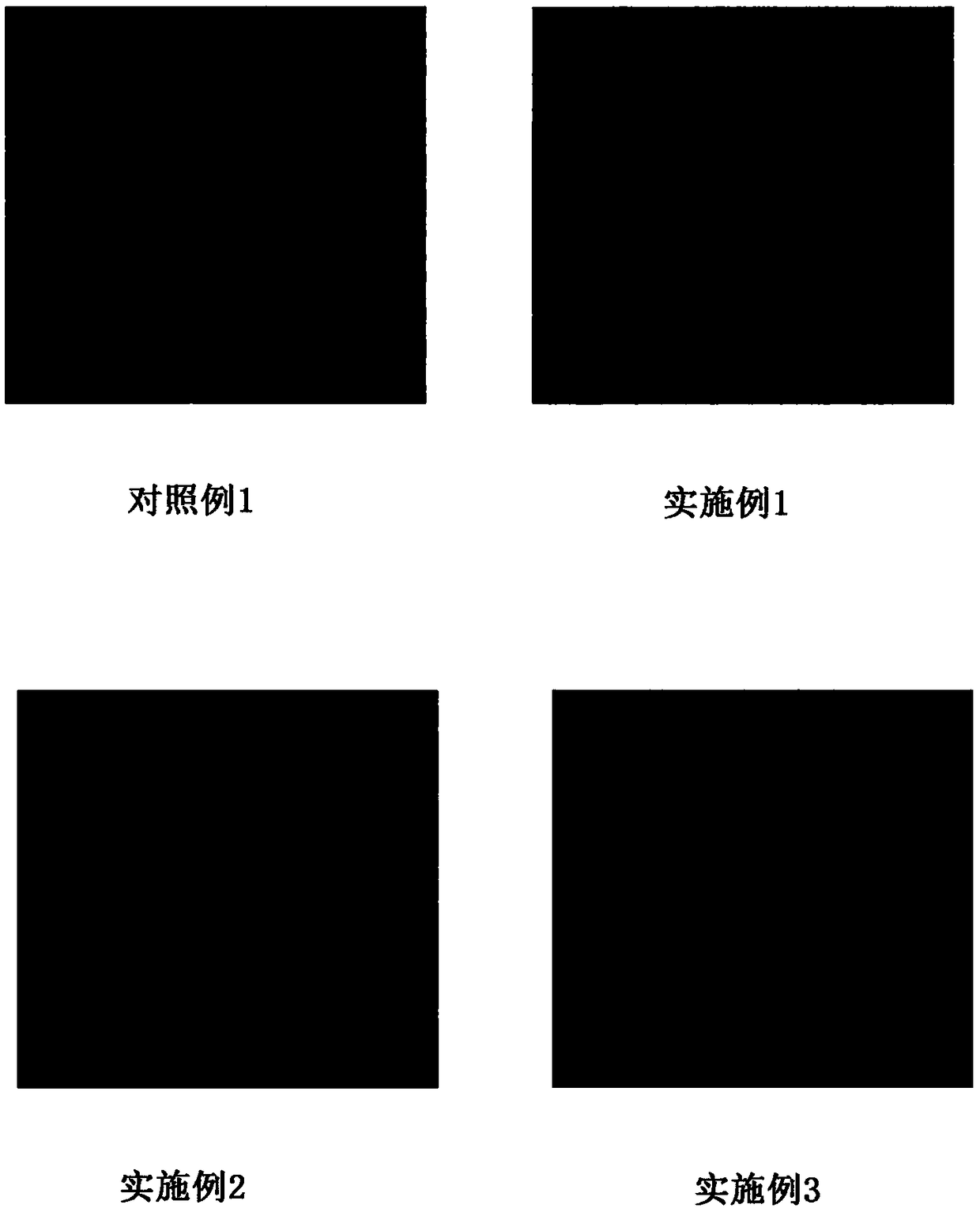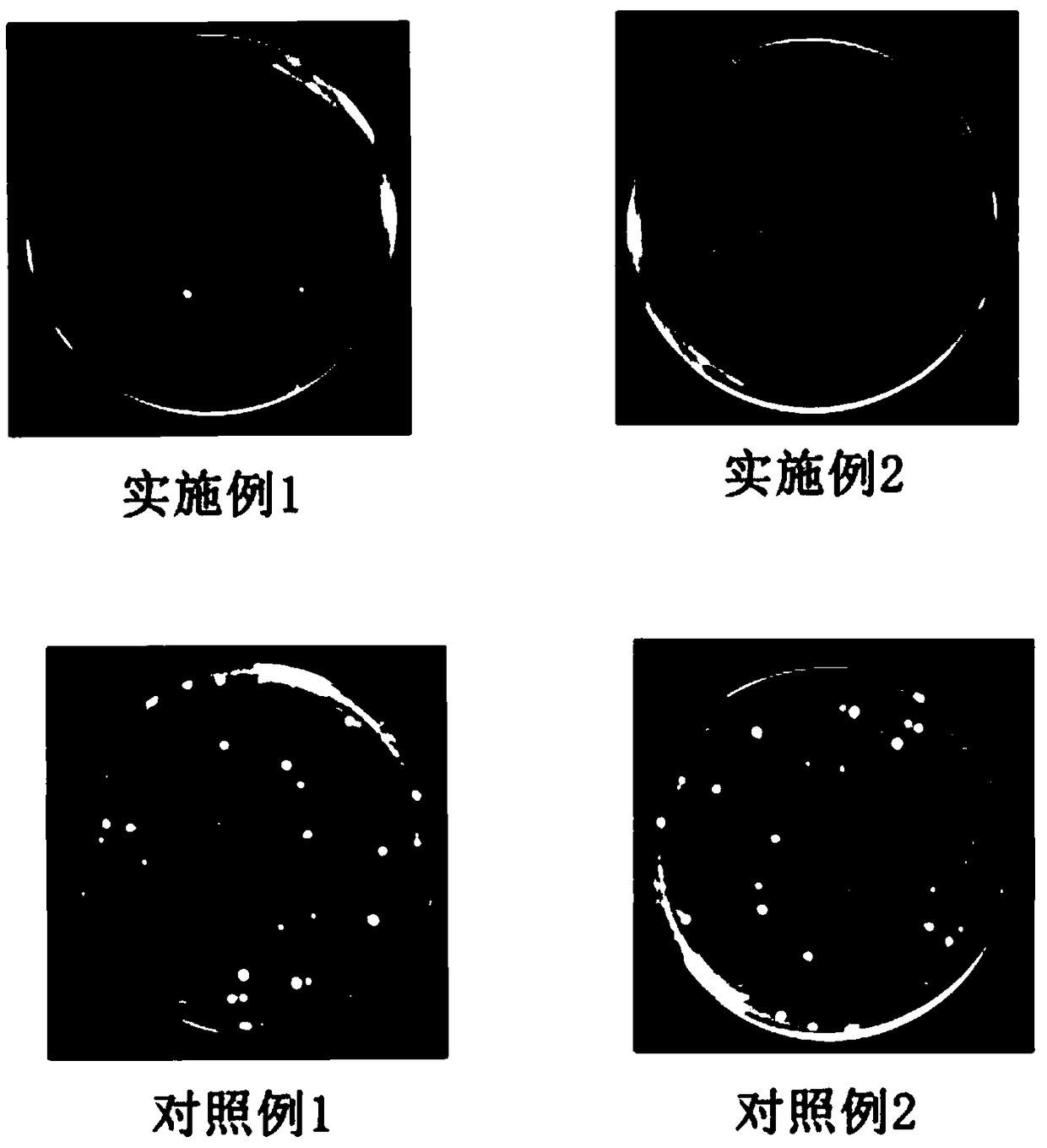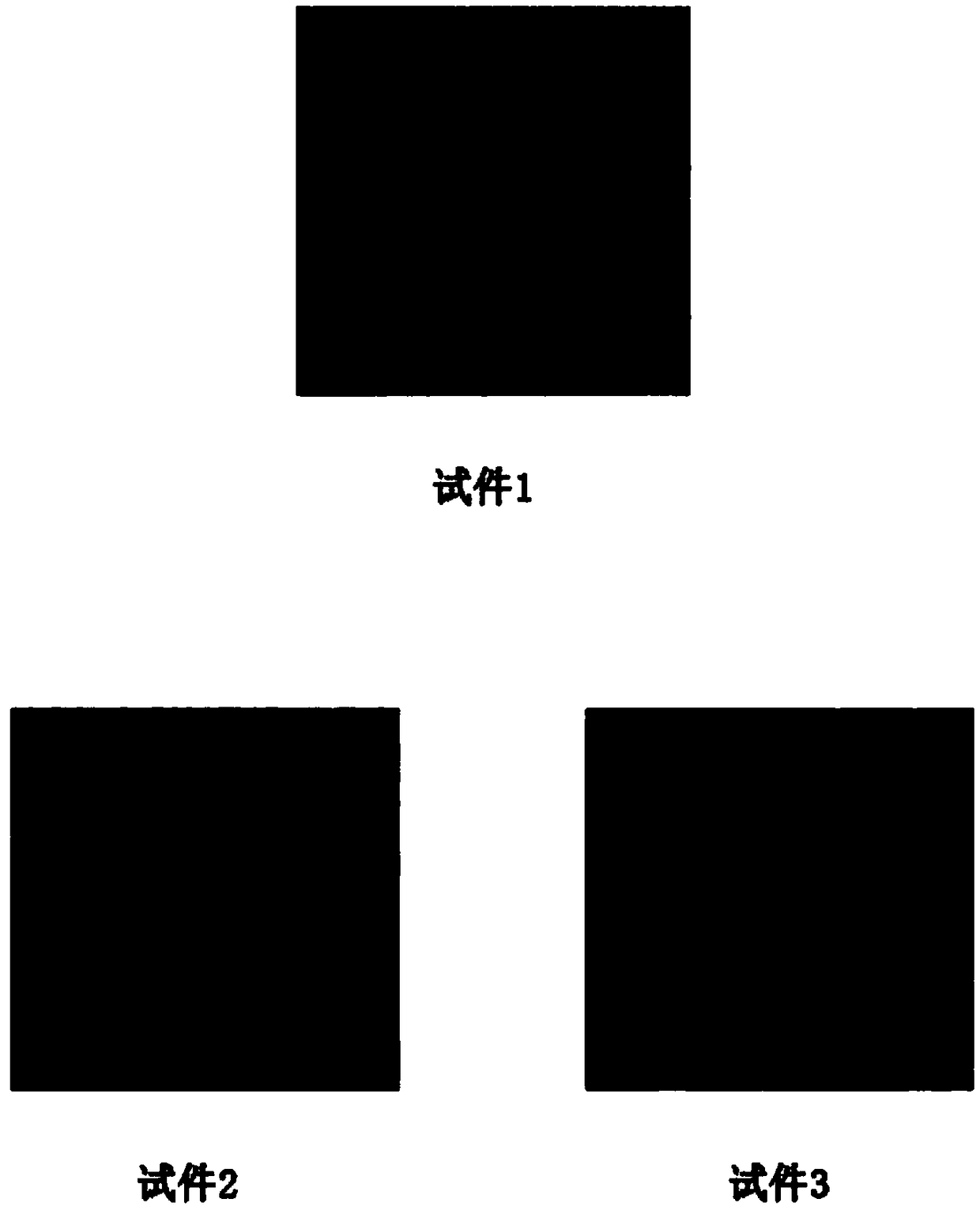Wood surface chemical color changing method
A wood surface and chemical technology, applied in the field of wood manufacturing, can solve the problems of reducing the clarity of wood texture, color distortion, and reducing the naturalness of wood, and achieve good antibacterial and moth resistance, strong layering, and improved moth resistance. Effect
- Summary
- Abstract
- Description
- Claims
- Application Information
AI Technical Summary
Problems solved by technology
Method used
Image
Examples
Embodiment 1
[0028] Embodiment 1: a kind of wood surface chemical discoloration method:
[0029] Add the copper chloride solution and the raw materials of the discoloration agent respectively in different containers according to the following mass parts ratio, mix and stir evenly;
[0030] Copper chloride solution
[0031] Copper chloride 10g, water 950g;
[0032] discoloration agent
[0033] Ferrous chloride 5g, phenyl salicylate 1g,
[0034] Alkylphenol polyoxyethylene ether 10g, water 950g.
[0035] Utilize above-mentioned cupric chloride solution and discoloration agent to carry out wood chemical discoloration to the wood veneer of white oak material, and carry out according to the following steps:
[0036] 1. The wood veneer is dried until the water content in the wood veneer is 9%;
[0037] 2. Apply the copper chloride solution evenly on the dried wood veneer by wiping, and the coating amount is 30g / m 2 , after uniform coating, put it in a vacuum drying oven at 55°C, and quickl...
Embodiment 2
[0039] Embodiment 2: a kind of wood surface chemical discoloration method:
[0040] Add the copper chloride solution and the raw materials of the discoloration agent respectively in different containers according to the following mass parts ratio, mix and stir evenly;
[0041] Copper chloride solution
[0042] Copper chloride 20g, water 980g;
[0043] discoloration agent
[0044] Ferric chloride 10g, phenyl salicylate 1g,
[0045] Cetylpyridinium chloride 1g,
[0046] Alkylphenol polyoxyethylene ether 60g, water 922g.
[0047] Utilize above-mentioned cupric chloride solution and discoloration agent to carry out wood chemical discoloration to the wood veneer of white oak material, and carry out according to the following steps:
[0048] 1. The wood veneer is dried until the water content in the wood veneer is 9%;
[0049] 2. Apply the copper chloride solution evenly on the dried wood veneer by wiping, and the coating amount is 35g / m 2 , After uniform coating, place it in a...
Embodiment 3
[0051] Embodiment 3: a kind of wood surface chemical discoloration method:
[0052] Add the copper chloride solution and the raw materials of the discoloration agent respectively in different containers according to the following mass parts ratio, mix and stir evenly;
[0053] Copper chloride solution
[0054] Copper chloride 50g, water 990g;
[0055] discoloration agent
[0056] Manganese chloride 30g, 2,4-dihydroxybenzophenone 2.5g,
[0057] Cetylpyridinium Bromide 2.5g
[0058] Alkylphenol polyoxyethylene ether 100g, water 900g.
[0059] Utilize above-mentioned cupric chloride solution and discoloration agent to carry out wood chemical discoloration to the wood veneer of white oak material, and carry out according to the following steps:
[0060] 1. The wood veneer is dried until the water content in the wood veneer is 9%;
[0061] 2. Apply the copper chloride solution evenly on the dried wood veneer by wiping, and the coating amount is 35g / m 2 , After uniform coatin...
PUM
 Login to View More
Login to View More Abstract
Description
Claims
Application Information
 Login to View More
Login to View More - Generate Ideas
- Intellectual Property
- Life Sciences
- Materials
- Tech Scout
- Unparalleled Data Quality
- Higher Quality Content
- 60% Fewer Hallucinations
Browse by: Latest US Patents, China's latest patents, Technical Efficacy Thesaurus, Application Domain, Technology Topic, Popular Technical Reports.
© 2025 PatSnap. All rights reserved.Legal|Privacy policy|Modern Slavery Act Transparency Statement|Sitemap|About US| Contact US: help@patsnap.com



